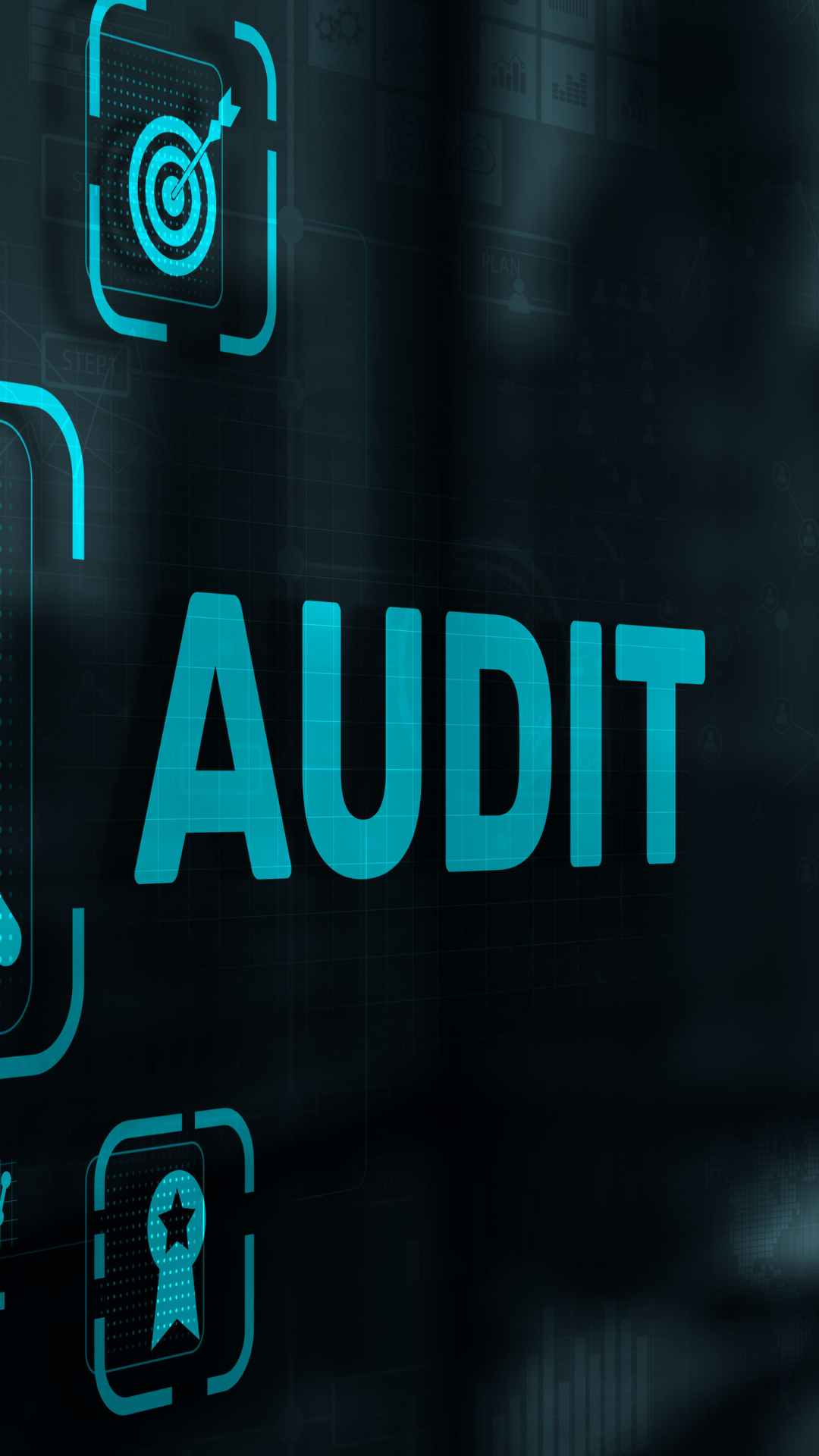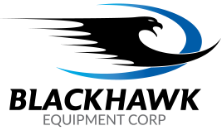"Use It or Lose It": Smart Year-End Spending for Your 2025 Maintenance Budget
10/22/2025

It's a familiar scenario in many industrial facilities. As October begins and Q4 gets into full swing, maintenance managers and plant engineers look at their annual budget and find a surplus. This triggers the classic "use it or lose it" dilemma: spend the remaining funds before the December 31st deadline or risk having your budget for next year reduced. The temptation can be to spend it quickly on non-essential items just to zero out the account. But this approach is wasteful and signals to management that the budget may have been inflated. A much smarter strategy is to view this surplus not as a problem, but as an opportunity—a chance to make strategic, high-impact investments in reliability and efficiency that will pay significant dividends in 2026. At Blackhawk Equipment, we partner with our clients to identify and execute these intelligent year-end projects, turning a budget challenge into a powerful head start on next year's goals.
The Pitfall to Avoid: "Reactive" vs. "Proactive" Year-End Spending
The wrong way to approach a budget surplus is reactive. This often looks like buying excessive quantities of standard consumables you already have, stocking up on random spare parts without a clear strategy, or initiating low-value "busy work" projects just to keep the team occupied. While this does spend the money, it provides little long-term value and can be difficult to justify in retrospect.
The right approach is proactive. The goal is to convert your remaining 2025 operational expenditure (OpEx) into projects and assets that have a capital improvement-like impact. You're investing in future cost savings, risk mitigation, and improved uptime.
5 High-Impact Investment Ideas for Your Year-End Budget
Instead of scrambling to spend, consider channeling your remaining funds into one of these five strategic areas:
1. Invest in Advanced Diagnostics and System Audits:
This is perhaps the single best use of year-end funds. An audit is a high-value service that provides a data-driven roadmap for future improvements and gives you the hard numbers needed to justify your 2026 capital budget requests.
-
Comprehensive Compressed Air Audit: Use the funds to have a full, professional air audit performed. This will identify costly leaks, control inefficiencies, and storage issues, providing a prioritized list of ROI-based projects for the coming year.
-
Vibration Analysis Baselines: Hire a service partner like Blackhawk to establish baseline vibration readings for your most critical rotating equipment (e.g., your main compressors, process pumps, and blowers). This "snapshot of health" is invaluable for launching a predictive maintenance (PdM) program in 2026.
-
Ultrasonic Leak Detection Survey: Even if you don't have the manpower to fix all the leaks before year-end, simply getting a comprehensive survey done to identify, tag, and quantify every leak in your plant is a massive step forward and creates a ready-made project list for January.
2. Stock Up on Strategic Spare Parts:
This isn't about buying ten extra oil filters; it's about mitigating risk.
-
Secure Critical, Long-Lead-Time Spares: Use the budget to purchase the one or two critical spare parts for your most essential assets. This could be a spare motor for your main compressor, a complete replacement air-end, a VFD, or a critical pump seal. Having these on your shelf can turn a potential multi-week shutdown into a one-day repair job.
-
Pre-Purchase Major PM Kits: If you have a major 8,000-hour or annual service due for a compressor in Q1 of 2026, purchase the complete service kit now. The parts are on the shelf, paid for out of the 2025 budget, and ready to go for your planned maintenance.
3. Pre-Pay for 2026 Proactive Maintenance Services:
Many service providers are flexible and can work with you on year-end budgeting.
-
Lock in a Preventive Maintenance Agreement (PMA): Talk to a partner like Blackhawk about using your remaining 2025 funds to fully or partially pre-pay for a 2026 service agreement. This accomplishes several things: it guarantees your equipment will be professionally serviced, it locks in current labor rates, and it frees up a significant portion of your next year's OpEx budget for other needs.
4. Invest in Your Team: Professional Training:
An investment in your team's skills pays dividends in reduced operator error and earlier problem detection.
-
On-Site Operator and Maintenance Training: Use the funds to bring an expert, factory-trained technician to your facility. They can conduct customized, hands-on training for your team on the proper operation, daily checks, and basic maintenance for your specific utility equipment (e.g., your Sullair compressors or Grundfos pumps). A better-trained team is a more effective first line of defense against equipment failure.
5. Execute Small-Scale, High-Impact Upgrades:
Look for smaller capital projects that can be quoted, purchased, and potentially installed quickly before the end of the year.
-
Upgrade Your Condensate Drains: A plant-wide project to replace all old, inefficient timer drains and stuck-open manual drains with modern zero-loss drains can save thousands of dollars a year in wasted compressed air.
-
Install a Sub-Metering & Monitoring System: Purchase and install flow meters or power monitors (like from VPInstruments) on a specific high-consumption system. This provides the granular data you'll need to justify larger efficiency projects in your 2026 budget.
-
Improve Your Compressor Room: Use the funds to finally install that ventilation ductwork you needed last summer or to add sound-dampening panels to reduce noise levels.
How to Present Your Spending Plan to Management

The key to getting approval is to frame your plan not as "spending the rest of the budget," but as a strategic initiative. Your conversation with your CFO or Plant Manager should sound like this: "I've identified an opportunity to use our remaining 2025 operational funds to make several strategic investments. These projects—like pre-paying for our 2026 service contract and securing a critical spare motor—will directly reduce our downtime risk and lower our projected operational spending for next year." Connect every expenditure to a clear, tangible business benefit.
Blackhawk Equipment: Your Partner in Smart Year-End Planning
We understand the Q4 budget cycle and the need for quick, decisive action. Blackhawk Equipment can help you make the most of your year-end funds by:
-
Providing Quick Quotes and Consultation: We can rapidly provide pricing for audits, training sessions, PMAs, parts, and small upgrade projects to help you finalize your spending plan.
-
Scheduling and Deploying Services: Our service team can often schedule and complete audits, surveys, or training sessions before the end-of-year deadline.
-
Ensuring Parts Availability: We maintain a wide inventory of genuine OEM parts, ready for immediate shipment to meet your year-end purchasing goals.
-
Offering Strategic Advice: Our experts can consult with you to identify which of these ideas will provide the biggest and fastest return for your specific facility.
Conclusion: Turn Your Budget Surplus into a Strategic Advantage
A "use it or lose it" budget surplus doesn't have to be a source of stress or lead to wasteful spending. By viewing it as an opportunity for strategic investment, maintenance and engineering managers can transform these year-end funds into a powerful head start on achieving their reliability, efficiency, and safety goals for the coming year. Investing in diagnostics, securing critical spares, pre-paying for services, training your team, and making small, high-impact upgrades are all intelligent ways to convert today's budget into tomorrow's performance.
Don't let the clock run out on this opportunity. Contact Blackhawk Equipment today to discuss how we can help you make the most of your 2025 maintenance budget before time expires.
